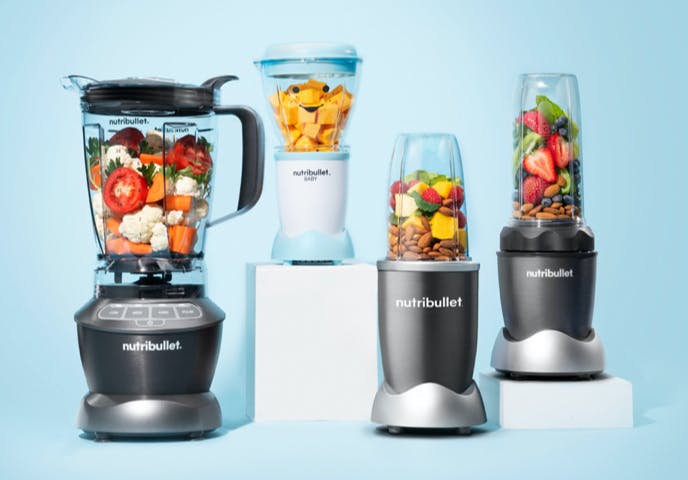Diabetes is a condition that can be self-managed. The actions you take can improve your health outcomes. Diabetes can be managed through diet, physical activity, and sometimes, medication. A healthy eating plan can help control blood sugar, protect your heart and maintain a healthy weight.
Managing Diabetes
1. Make healthy food choices.
Choose foods high in fiber – vegetables, fruits, whole grains, and legumes. The fiber in these foods can help slow the rate at which food moves through your gut and is absorbed. This leads to improved blood sugar levels. Plus, the fiber helps fill you up and prevents snacking on a candy bar or overeating at the next meal!
Protein-rich foods also help keep you satiated and promote weight loss – a hallmark for reducing insulin resistance. Try adding nuts, nut butters, legumes, and tofu to your meals and smoothies.
A healthy diet involves eating a variety of nutritious foods and avoiding simple sugars found in soda, candy, and other packaged or processed snacks. If you’re just starting out, a useful guideline is to fill half your plate with non-starchy vegetables, one quarter with whole grains or starchy veggies, and the other quarter with foods high in protein. You can use this same guideline for making your smoothie – try adding ½ cup of spinach, ¼ cup of oats, and ¼ cup of nuts, followed by some liquid, to your cup.
2. Protect your heart.
Diabetes increases your risk of heart disease and stroke, so it’s important to choose heart-healthy foods. Good fats, like those found in avocados, almonds, walnuts, and nut butters, can help lower cholesterol levels. Just limit your portion size, as all fats are high in calories.
Beware of foods that will work against your heart health goal. Limit saturated fat found high-fat dairy and animal proteins like beef, sausage, and hot dogs. Restrict sodium intake; shoot for less than 2300 mg of sodium – or one teaspoon of salt – per day!
3. Exercise regularly.
Physical activity is just as important as eating a healthy diet when managing type 2 diabetes. Exercising consistently can lower blood sugar and help make the insulin in your body work more efficiently. Exercise also helps with weight loss, which is another way to improve insulin sensitivity. Aim for 150 minutes of exercise each week, or about 22 minutes a day!
4. Maintain a healthy weight.
Being at a healthy weight helps improve insulin sensitivity and decrease blood sugar. Lower blood sugar improves your health and helps you feel better. Being overweight or obese increases your risk for complications. Losing just a few pounds through exercise and eating well can help with your diabetes control and reduce your risk for other problems. You will also have more energy!
5. Seek dietitian guidance.
A dietitian can help create an eating plan designed for you, considering your lifestyle, weight, medication, and other health problems. The expert advice of a dietitian can help you manage your diabetes while ensuring you get the nutrients your body needs.
Diabetic-Friendly Smoothies
A healthy way to incorporate a variety of nutrients into your diet is through smoothies. These tasty smoothies are high in fiber and protein and contain heart-healthy fats!
Blueberry Avocado Breeze – This smoothie is delicious and nutritious! The spinach is low in digestible carbs, helping to avoid increases in blood sugar, while the avocado may help mitigate blood sugar spikes.
Healthy Go-Get-Em Greens – Scrumptious blueberries are one of the top superfoods for diabetes. There are plenty of berries in this tasty smoothie sprinkled with cinnamon, a spice that has been shown to lower blood sugar levels!
All About Oats and Seeds – Oats and seeds deliver flavor and nutrients to boot! Seeds are high in fiber, the nutrient that helps to slow the rate that food is absorbed, while oats contain resistant starch, which keeps you satiated without increasing blood glucose levels.



















